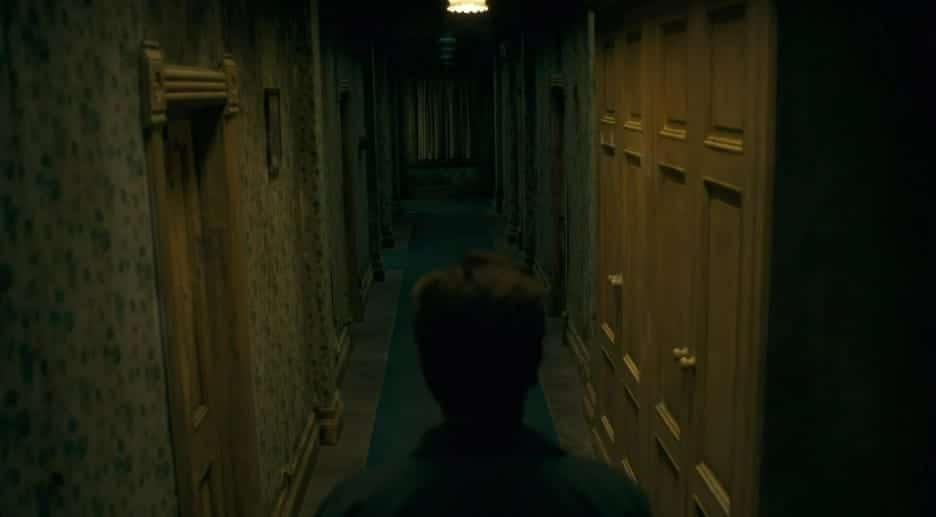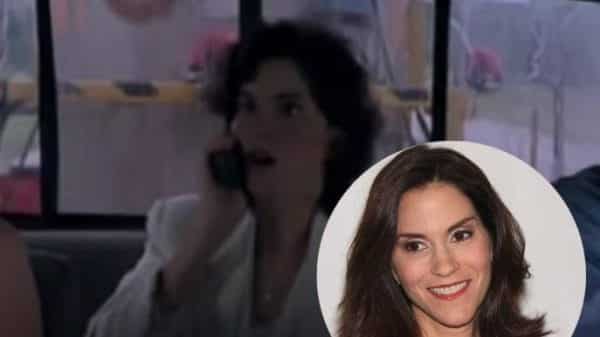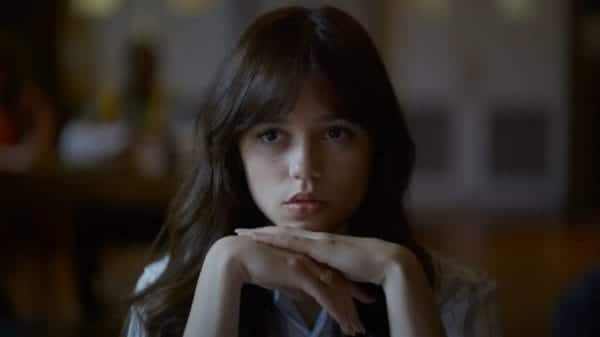From The Shining to The Blair Witch Project, the most defining aspect of horror is sometimes where the horror takes place. Location, ambiance, and the right set piece make that crucial difference in turning thrills into chills.
Everyone fears something. That’s the simple, fundamental truth behind the genre that is horror and has been for hundreds of years. Monsters, ghosts, masked killers, all are tried and true sources of fright. One that often goes unappreciated, however, is locale. Locale, the where of a story, is every bit as important as the who, or what, or why.
Some of the most effective horror tales elevate themselves not just by putting a monster around the corner but by making audiences afraid to even be standing at that odd corner in the first place. An effective horror locale isn’t just a set piece but a character of its own. An isolated lake becomes a watery grave. A mansion becomes a haunted, oppressive labyrinth.
For a horror film to stick with the audience, it should make use of the most foreboding place possible. Alternatively, some more creative tales take an otherwise ordinary spot and turn it upside down, making the safe suddenly feel unsafe.
Two horror classics which make good use of this trope include the book and film pairing of The Shining, and the found-footage phenomenon The Blair Witch Project.
The Overlook Hotel
The Overlook Hotel was created by author Stephen King and is the centerpiece of his original novel The Shining. The book and its 1980 film adaptation by Stanley Kubrick are landmarks of horror fiction, with the film a must-watch every October.
The locale appears, at first glance, to be an ordinary luxury hotel. In truth, it’s far from ordinary. It’s a nest of pure evil that functions as not only the central locale, but arguably the main antagonist.
King and Kubrick offered two different explanations as to the origins of the haunted happenings at the Overlook. Both interpretations provide the set piece a horrific identity and sense of danger.
Readers learned that the Overlook was built on a ground saturated with supernatural energy, before that energy was corrupted and soured by the shady and increasingly monstrous deeds of the hotel’s guests. Many of these guests possessed sordid pasts, engaged in hidden affairs, or committed acts of abuse or betrayal.
The film mentioned in passing that the Overlook was built on what was once a Native American burial ground. Over time it became the site of several bloody encounters between settlers and the displaced natives.
Various analyses of the film postulated this backstory as imbuing The Shining with a theme of genocide, a monstrous wrongdoing that left the land and the very hotel cursed. One of the film’s most iconic visuals features a river of blood erupting from the Overlook’s elevator, its violent history taking shape.
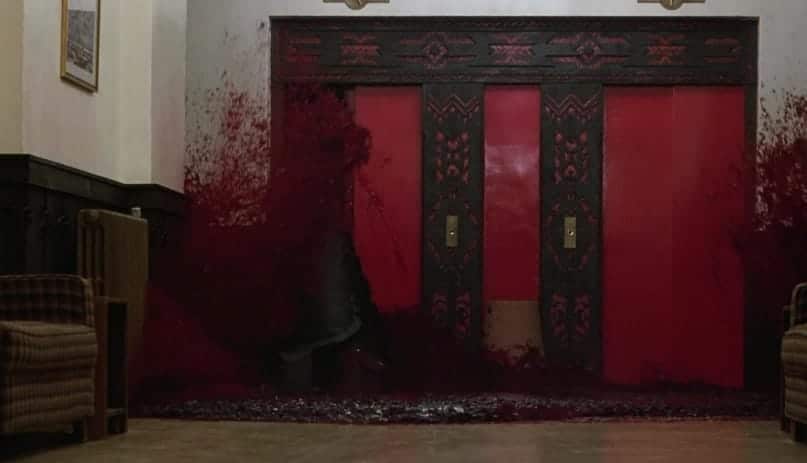
Checking In, But Never Out
The common thread of violence links these two origins for the Overlook. Whether it be genocide, addiction, or petty and selfish schemes, evil lurks in the hotel’s dark heart. What makes The Shining so scary isn’t just the ghosts who wander the Overlook’s halls and golden ballroom. They’re not the true monsters.
The Overlook is. It preys on fear, doubt, and anger, turning vulnerable guests into the worst possible versions of themselves before gobbling up their very souls. Those souls become part of its never-ending party and sustain it forever.
The story’s central locale is the villain, and he’s willing to do anything to keep guests checked in.
Appearances are Deceiving
Of course, the motivation and narrative intention behind the Overlook is only part of what makes it so scary. The hotel, as depicted in the film, was tailored by Kubrick to be as deceptive and frightening as possible on a meta-level.
From the outside, it’s a looming structure that can be spotted from far away. Its impressive size and appearance in the film are owed to the Timberline Lodge, a real location still in business today.
Once inside, a viewer is subjected to a series of endless hallways or rooms built in a manner that makes no sense. The Overlook’s set is literally built to make a watcher uncomfortable, to keep them in perpetual fear.
The Shining‘s use of bizarre, impossible architecture has been studied at length in the years since its release. It’s a testament to the film’s quality that its meticulous use of both locale and atmosphere is still being talked about today.
Forever and Ever
At the center of this ghost story is recovering alcoholic Jack Torrance. In a scene dripping with sinister atmosphere, Jack finds himself at the worst place an alcoholic can be. The bar.
He chats up a ghostly bartender called Lloyd, before baring his long-buried resentments towards his family. With a smile, Lloyd offers Jack a free drink for his trouble. Jack takes it, cheerfully so. But the cost will prove far greater than just a few dollars.
Before long, Jack is happy to join the rest of the seemingly carefree spirits. The atmosphere grows more festive. The ballroom becomes more lively. In any other context, such a sight would be comforting in an otherwise isolated place.
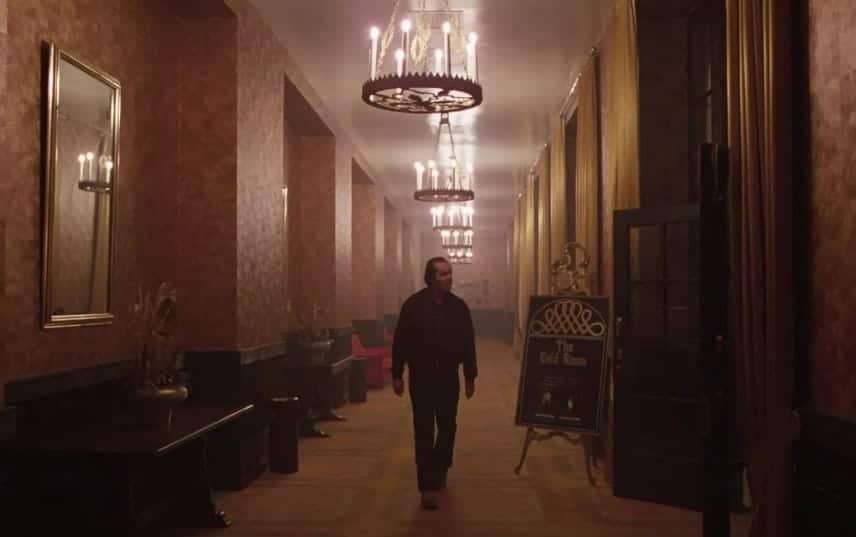
Sure enough, Jack feels right at home. But the atmosphere never quite escapes that sense that something awful is about to happen. The hammer falls when Jack meets the ghost of a previous caretaker, Mr. Grady. If Jack wants to stay, Grady offers an ultimatum. He must “correct” his disappointing family violently if needs be.
Jack accepts, of course. But while he becomes the active antagonist, it was the Overlook that drove him to such lengths.
Ghosts of the Past
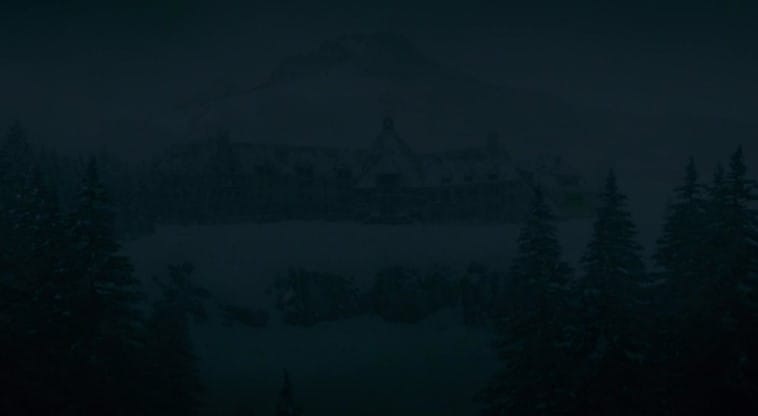
Years later, in Mike Flanagan’s criminally underrated sequel film Doctor Sleep, the abandoned Overlook remains the gravest threat to Jack’s now adult son Danny. Though Danny and his mother, Wendy managed to escape Jack’s murderous rampage, the Overlook never forgot them.
In the climax, Danny is forced against all his wishes to go back. Doctor Sleep then masterfully recreates its predecessor’s opening title sequence, with Danny driving to the dormant Overlook. It lies silently in the snow now, boarded up, lights out. For all intents and purposes, this once-thriving monster is now a corpse.
But as soon as Danny walks through the door, the place lights up like he’d never even left. The locale that was the site of Danny’s trauma has laid in wait, ready to pick up where they left off.
That’s the nature of ghosts and ghost stories, after all. What should be dead and long-buried instead comes back.
The Black Hills Forest
Evil buildings and the ghosts that fill them aren’t the only kind of locale audiences are taught to fear. In 1999, the early onset of found-footage horror brought to audiences The Blair Witch Project. This low-budget tale thrusts three college students into the forests of Maryland in search of a fabled spirit called the Blair Witch.
To say the trip goes downhill would be the grossest of understatements. Heather, Josh, and Mike lose their way, and slowly but surely, they realize they’re not alone. The Blair Witch is very real, and the forest belongs to her.
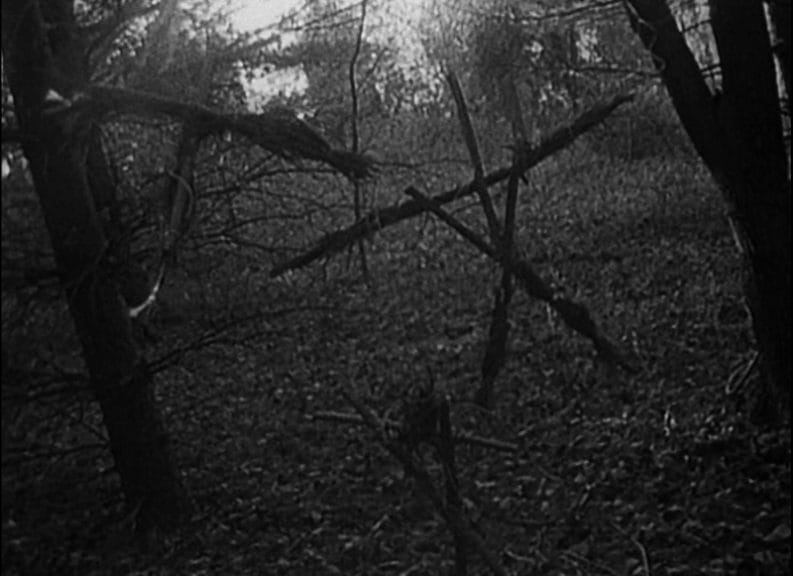
The Black Hills Forest stands in stark difference to the ominous but otherwise definable Overlook. It’s an endless sprawl of barren trees, perpetually looming over our trio of helpless, isolated explorers.
Trapped in the Woods
As the film draws on, its first-person POV subjects the audience to the kind of confusion and loneliness its protagonists face. The confusion only grows with the realization that the Black Woods doesn’t operate by any logical rules.
Heather and Mike learn this the hard way, following the unexplained disappearance of Josh. They try to head south and escape, walking in a straight line, only to arrive right back where they started.
The Black Hills Forest isn’t the conscious antagonist, as opposed to the previous media displayed. Rather, thematically speaking it’s a cage in which Heather, Mike, and Josh are trapped, with no hope of escape.
Primal Fears
Blair Witch‘s use of this cage works as well as it does by playing on simple, primal fears.
First comes fear of the unseen, the unknown. It would be one thing to spot the Blair Witch, some ghoulish old crone creeping through the trees after Heather and friends. But they can’t see her, and so by extension, we can’t see her. We wonder when the Witch will pop out, but the film denies that catharsis even as she closes in.
Second comes the old, instinctual fear of the wild. To this day, people still fear getting lost in the woods and becoming prey to whatever’s out there. That’s exactly what happens to the victims of the Blair Witch. In a final confession to whoever finds her camera, Heather apologizes for bringing Josh and Mike to their deaths and resigns herself to such an end. She will die in this forest, “hunted” by the urban legend she chose to pursue.
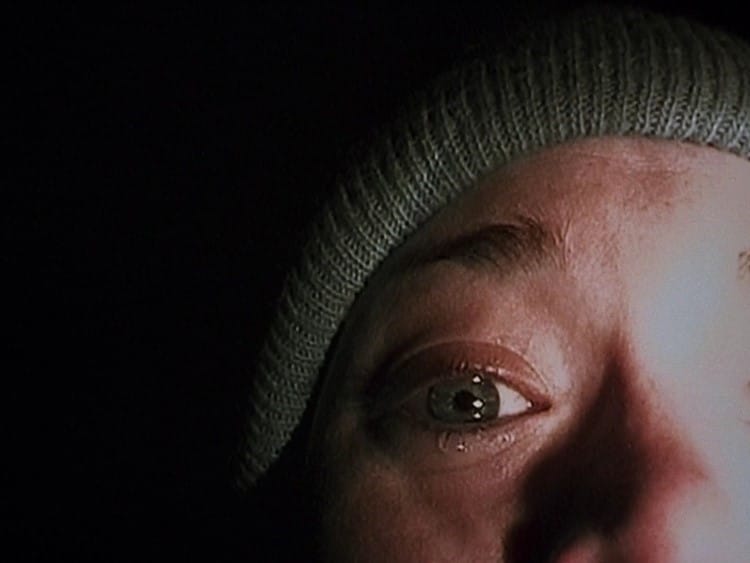
It’s almost a mercy when the final act draws to a close. A delirious Heather and Mike meet their fate at a ruined house that once belonged to the Witch’s most known minion, Rustin Parr. It’s run-down, marked with occult symbols and the bloody handprints of Parr’s child victims. But it’s at least a recognizable place, something we can understand.
There is no understanding of a forest that warps time and space itself, keeping three innocent people hopelessly trapped until the Witch decides to move in for the kill. Whether or not the students properly prepared for their trip or made the right decisions on said trip, it doesn’t matter.
They were doomed the very moment they entered the woods.
What Remains
To sum up, what can filmmakers and the media learn from these two horror stories?
The lesson we can glean is this: effective horror makes use of every trick in the book. The monster on the other side of the door will always keep audiences on edge. But when the man behind the camera can make people afraid of the door itself, that’s something else entirely.
Because surely there’s no reason to be afraid of a door, or some musty old house, or those quaint woods just off the side of the road.
…Right?


